Home>Furniture & Design>Bathroom Accessories>How To Determine Bathtub Size
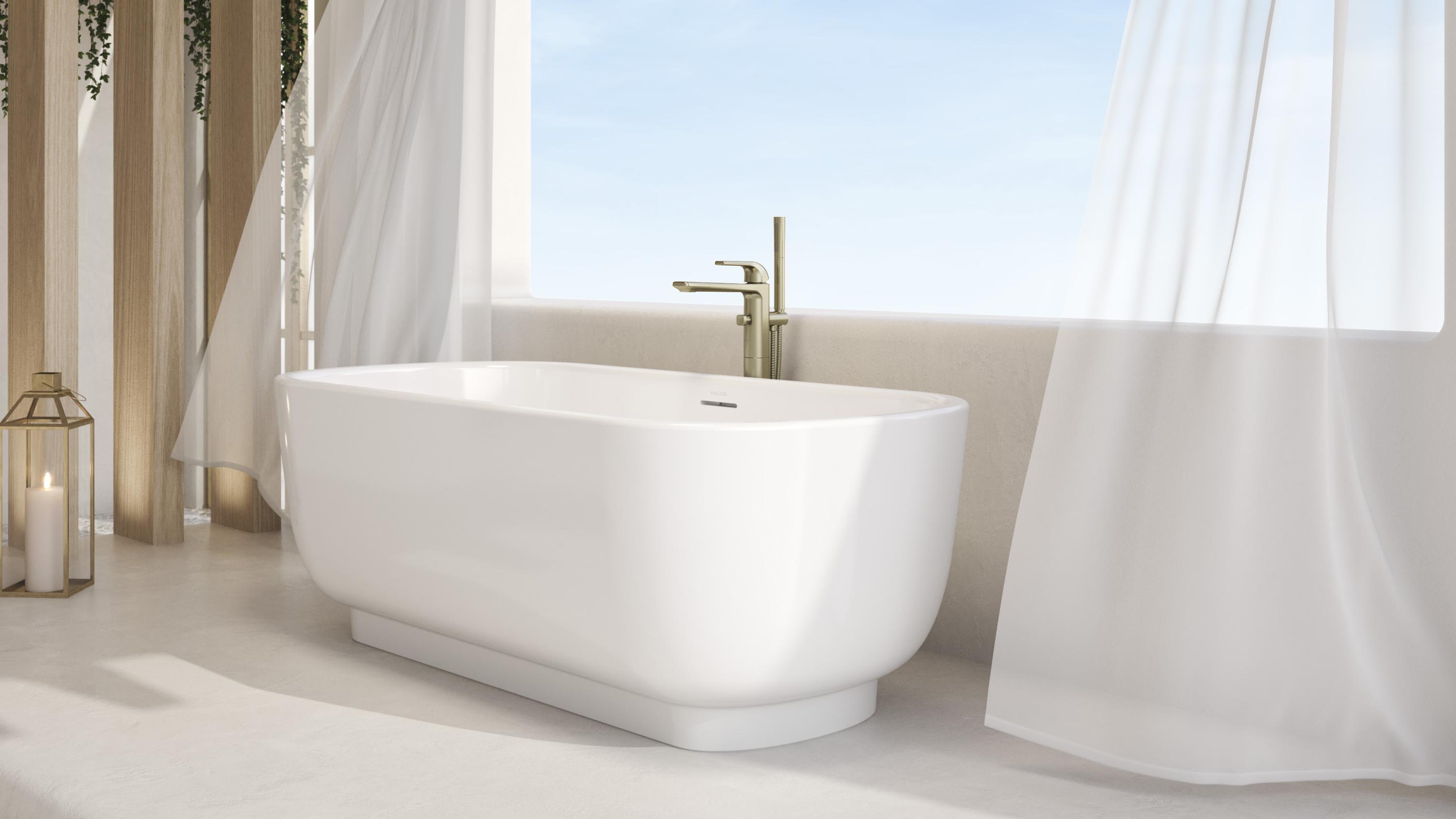

Bathroom Accessories
How To Determine Bathtub Size
Modified: March 25, 2024
Learn how to measure your bathtub size for the perfect bathroom accessories. Find out the best tips and tricks for determining the right dimensions.
(Many of the links in this article redirect to a specific reviewed product. Your purchase of these products through affiliate links helps to generate commission for Storables.com, at no extra cost. Learn more)
Standard Bathtub Sizes
When it comes to selecting a bathtub, size matters. The standard bathtub sizes available in the market cater to a wide range of preferences and spatial constraints. Understanding these dimensions is crucial for making an informed decision that aligns with both your bathroom layout and personal bathing requirements.
Read more: How To Determine Conduit Size
1. Alcove Tubs
- Length: Alcove tubs typically measure 60 inches in length, making them a popular choice for many bathrooms. This standard size allows for a comfortable bathing experience while fitting snugly within a three-wall enclosure.
2. Drop-In Tubs
- Length: Drop-in tubs are often available in the standard length of 60 inches, providing ample space for relaxation and rejuvenation. These tubs are designed to be "dropped into" a platform or surround, offering a seamless and customized look.
3. Freestanding Tubs
- Length: Freestanding tubs come in various lengths, with the standard size ranging from 60 to 72 inches. These elegant fixtures serve as focal points in bathrooms, exuding luxury and style while accommodating different body types comfortably.
4. Corner Tubs
- Length: Corner tubs are typically designed to fit into a corner space, with standard dimensions ranging from 48 to 60 inches on each side. These tubs optimize space utilization and are ideal for creating a cozy and functional bathing nook.
Read more: How To Determine Electrical Wire Size
5. Clawfoot Tubs
- Length: Clawfoot tubs, known for their vintage charm, generally measure around 60 inches in length. These timeless classics add a touch of nostalgia to bathrooms while offering a generous bathing area for unwinding after a long day.
Understanding the standard sizes of these common bathtub types is the first step toward narrowing down the options that best suit your bathroom layout and personal preferences. Whether you envision a traditional alcove tub, a luxurious freestanding tub, or a space-saving corner tub, being aware of the standard dimensions empowers you to make an informed choice that harmonizes with your bathing space.
Key Takeaways:
- Choose a bathtub size that fits your bathroom layout and personal preferences. Measure your space, consider your bathing needs, and explore custom options for a perfect fit.
- Understanding your bathing habits, comfort needs, and family dynamics is essential for selecting a bathtub that enhances your daily bathing rituals and fits seamlessly into your bathroom.
Measuring Your Bathroom Space
Accurately measuring your bathroom space is a pivotal initial step in the process of selecting the perfect bathtub. Whether you are renovating an existing bathroom or designing a new one, understanding the available space is essential for ensuring a seamless and harmonious integration of the bathtub into the overall layout.
Assessing Available Space
Begin by assessing the available space in your bathroom. Use a tape measure to determine the length and width of the area where the bathtub will be installed. It's crucial to consider not only the dimensions of the space but also any architectural features, such as alcoves or protruding walls, that may impact the installation of the bathtub.
Clearance and Accessibility
In addition to the dimensions of the space, it's important to account for clearance and accessibility. Measure the distance from the proposed bathtub location to other fixtures, such as the toilet, sink, and shower, to ensure that there is adequate clearance for comfortable movement and usage. This step is particularly crucial in smaller bathrooms where optimizing space is essential.
Door and Entryway Considerations
Take into account the dimensions of the bathroom door and any narrow entryways that may pose challenges during the installation process. Measure the width and height of the door to confirm that the selected bathtub can be maneuvered into the bathroom without difficulty. This proactive approach can help prevent potential logistical issues down the line.
Visualizing the Layout
Once you have gathered precise measurements, consider creating a rough layout or diagram of your bathroom space. This visual representation can provide valuable insights into how different bathtub sizes and styles will fit within the existing layout. It also allows you to explore various placement options and envision the overall aesthetic impact of the chosen bathtub.
Seeking Professional Guidance
If you encounter complexities or uncertainties during the measurement process, don't hesitate to seek professional guidance. Consulting with a contractor or a bathroom designer can offer valuable perspectives and recommendations, ensuring that the chosen bathtub aligns seamlessly with the spatial dynamics of your bathroom.
By meticulously measuring your bathroom space and considering the practical implications of the available dimensions, you can lay a solid foundation for selecting a bathtub that not only fits spatially but also enhances the functionality and visual appeal of your bathing sanctuary.
Considering Your Bathing Needs
Understanding your bathing needs is a crucial aspect of selecting the right bathtub for your home. Beyond the physical dimensions and spatial considerations, it's essential to delve into the specific requirements and preferences that will shape your bathing experience. By taking a thoughtful approach to evaluating your bathing needs, you can align the choice of bathtub with your lifestyle, relaxation goals, and personal comfort.
Read more: How To Determine Nozzle Size In 3D Printer
1. Bathing Habits
Begin by reflecting on your bathing habits and routines. Consider whether you prefer quick showers or indulgent, leisurely baths. Understanding your typical bathing practices can guide you in determining the most suitable bathtub style and features. For those who enjoy unwinding in a deep soak, a spacious and ergonomic tub may be the ideal choice, while individuals with time constraints might prioritize a more efficient bathing solution.
2. Physical Comfort
Assessing your physical comfort requirements is paramount in selecting a bathtub that promotes relaxation and well-being. Take into account any specific physical considerations, such as back support, armrests, or non-slip surfaces, that contribute to a comfortable and secure bathing experience. Additionally, individuals with mobility challenges may benefit from exploring options that offer easy entry and exit, such as walk-in tubs with accessible features.
3. Aesthetic Preferences
Your bathtub serves as a focal point in the bathroom, contributing to the overall aesthetic and ambiance of the space. Consider your aesthetic preferences, whether they lean towards modern minimalism, classic elegance, or eclectic charm. The design, material, and finish of the bathtub should harmonize with your desired bathroom style, creating a cohesive and visually appealing environment for relaxation and rejuvenation.
4. Family Considerations
If your household includes family members of varying ages, it's important to consider their bathing needs as well. Families with young children may prioritize safety features and easy cleaning, while households with elderly individuals might seek options that accommodate accessibility and comfort. Evaluating the diverse bathing needs within your family unit enables you to make a holistic and inclusive choice that caters to everyone's comfort and well-being.
5. Space Optimization
Efficiently utilizing the available space in your bathroom while meeting your bathing needs is a key consideration. For smaller bathrooms, compact yet functional bathtub designs can maximize space without compromising on comfort. Alternatively, larger bathrooms offer the flexibility to explore luxurious and expansive bathtub options that cater to indulgent bathing experiences.
By thoroughly considering your bathing needs, encompassing habits, comfort, aesthetics, family dynamics, and spatial constraints, you can make an informed decision when selecting a bathtub. This thoughtful approach ensures that the chosen bathtub not only fits seamlessly into your bathroom but also enriches your daily bathing rituals with comfort, style, and rejuvenation.
Custom Bathtub Options
When standard bathtub sizes do not align with your specific spatial requirements or design vision, custom bathtub options offer a tailored solution that caters to your unique preferences. Customization empowers homeowners to create a bathtub that seamlessly integrates with their bathroom layout while reflecting their individual style and functional needs.
Tailored Dimensions
Custom bathtub options allow for precise tailoring of dimensions to fit seamlessly within your bathroom space. Whether you have a non-standard alcove, a uniquely shaped bathroom, or a desire for a bathtub that deviates from standard sizes, customization enables you to achieve a perfect fit. This bespoke approach ensures that every inch of your bathroom is optimized, creating a cohesive and harmonious environment.
Personalized Features
Beyond dimensions, custom bathtubs offer the opportunity to incorporate personalized features that enhance comfort and functionality. From ergonomically designed contours and customized seating to integrated storage solutions and adjustable water jets, the ability to personalize features ensures that your bathing experience is tailored to your specific preferences and requirements.
Material Selection
Customization extends to the selection of materials, allowing you to choose from a diverse range of options to suit your aesthetic and practical needs. Whether you prefer the timeless elegance of marble, the warmth of wood accents, or the sleekness of composite materials, custom bathtubs enable you to align the material with your desired style while considering factors such as durability, maintenance, and eco-friendliness.
Design Flexibility
The flexibility offered by custom bathtub options transcends standard designs, allowing for the realization of unique and innovative concepts. Whether you envision a sculptural freestanding tub that serves as a striking centerpiece or a seamlessly integrated, space-saving bathtub that complements a modern minimalist aesthetic, customization grants the freedom to bring your design aspirations to life.
Accessibility Considerations
For individuals with specific accessibility needs, custom bathtubs can be tailored to incorporate features that promote safety and ease of use. This may include the integration of grab bars, non-slip surfaces, and accessible entry points, ensuring that the bathtub accommodates diverse mobility requirements without compromising on style or visual appeal.
Collaborative Design Process
Embarking on the journey of customizing a bathtub involves a collaborative design process that allows you to work closely with skilled craftsmen and designers. This collaborative approach enables you to articulate your vision, explore creative possibilities, and benefit from expert guidance to create a bespoke bathtub that encapsulates your unique style and functional preferences.
Custom bathtub options offer a realm of possibilities, empowering homeowners to transcend standard limitations and curate a bathing experience that is tailored to their individual needs and design aspirations. By embracing customization, you can elevate your bathroom space with a one-of-a-kind bathtub that harmonizes with your lifestyle, reflects your personal taste, and embodies the perfect fusion of form and function.
Frequently Asked Questions about How To Determine Bathtub Size
Was this page helpful?
At Storables.com, we guarantee accurate and reliable information. Our content, validated by Expert Board Contributors, is crafted following stringent Editorial Policies. We're committed to providing you with well-researched, expert-backed insights for all your informational needs.
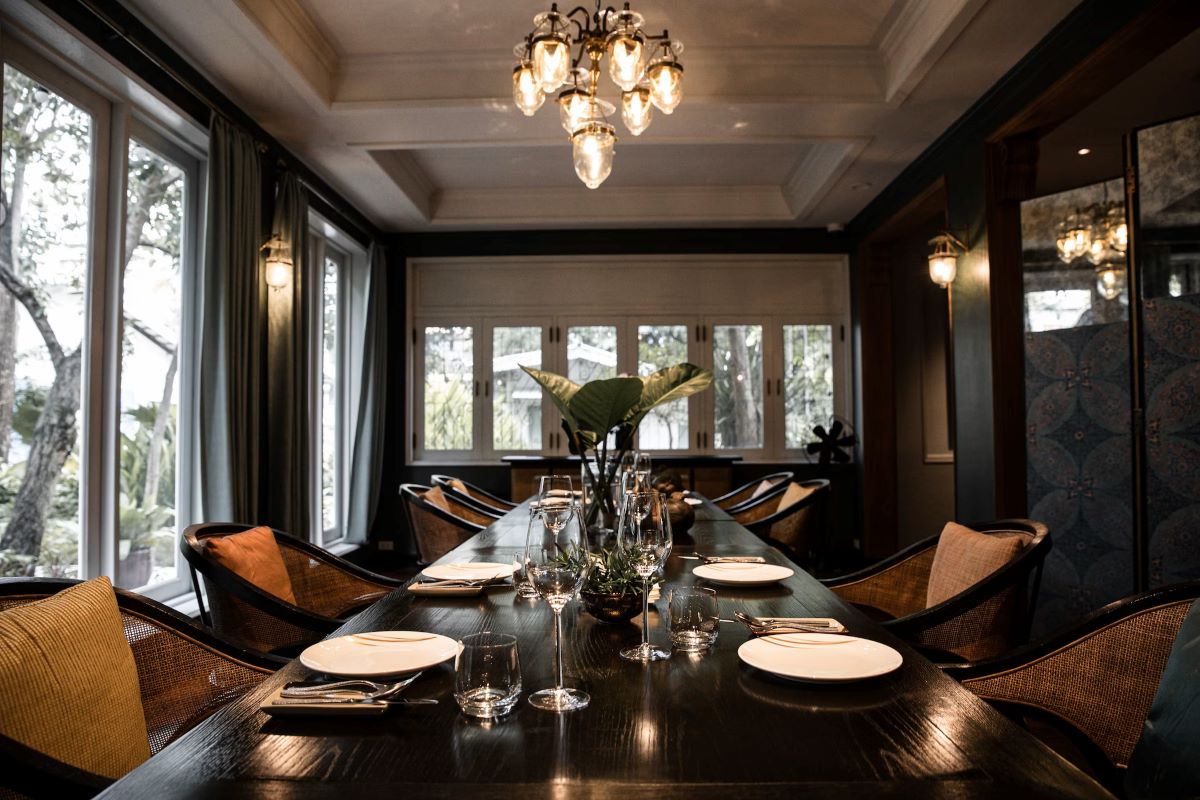
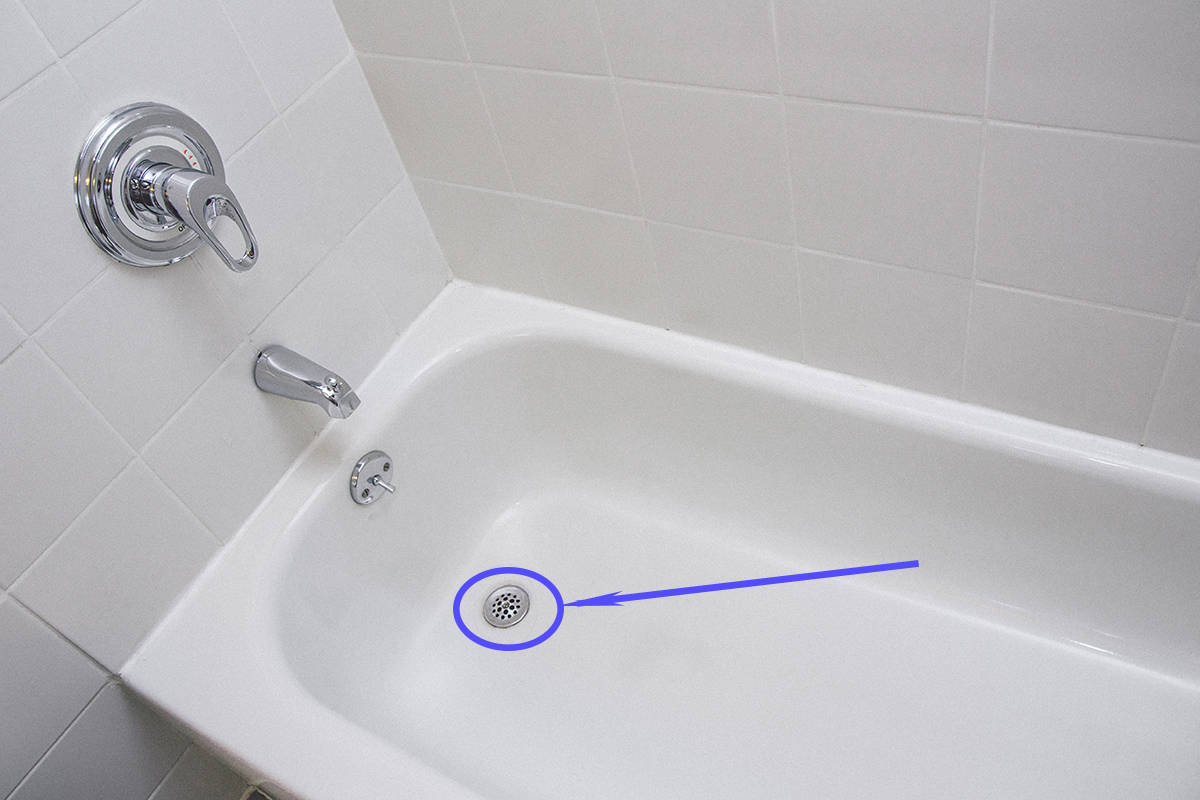
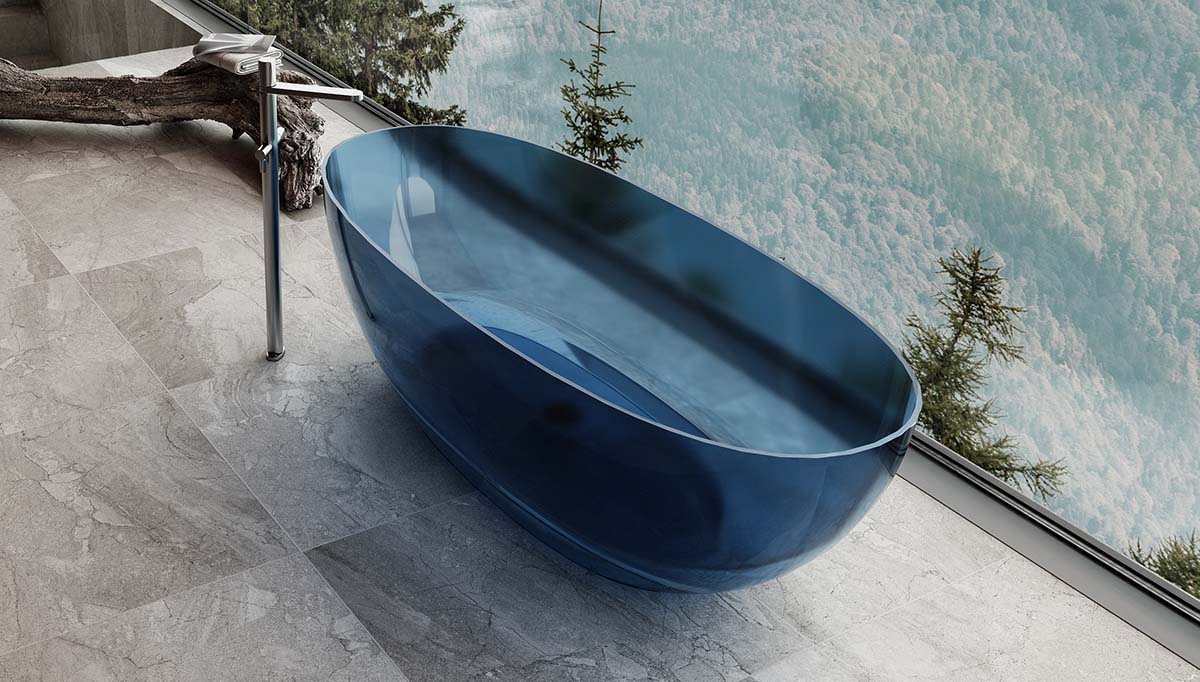
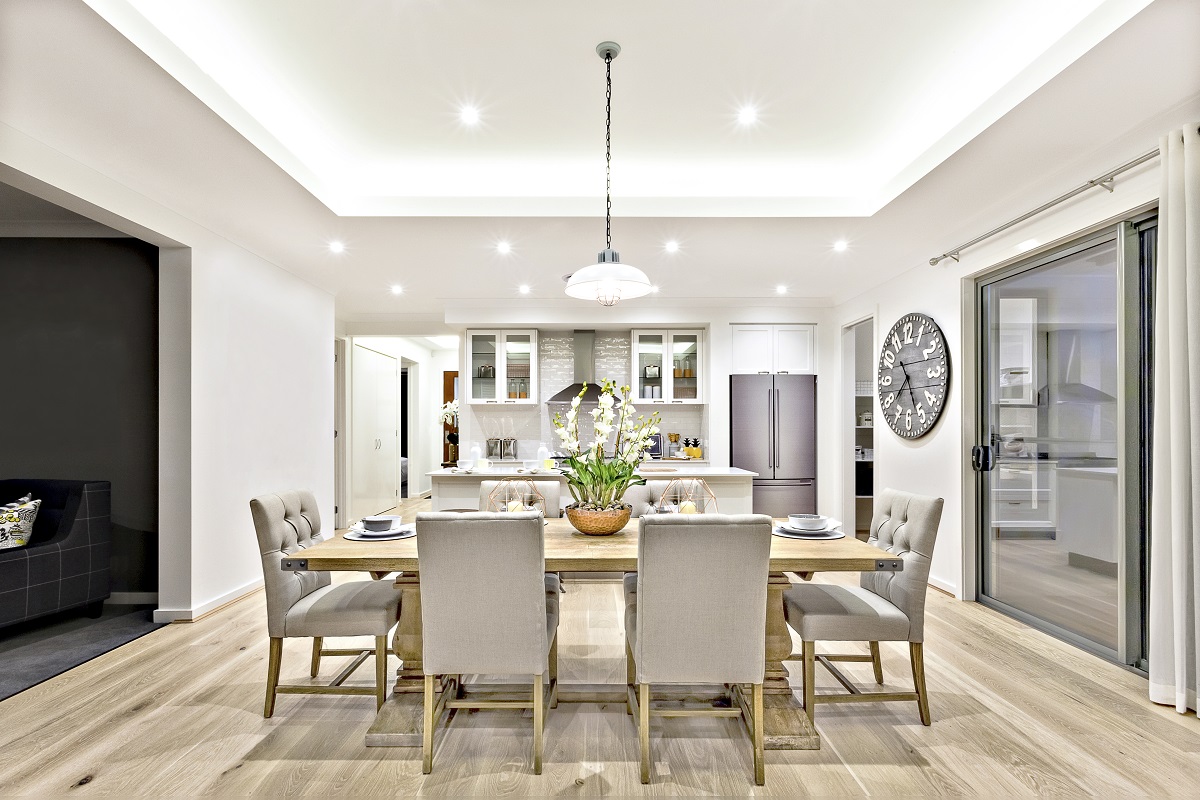
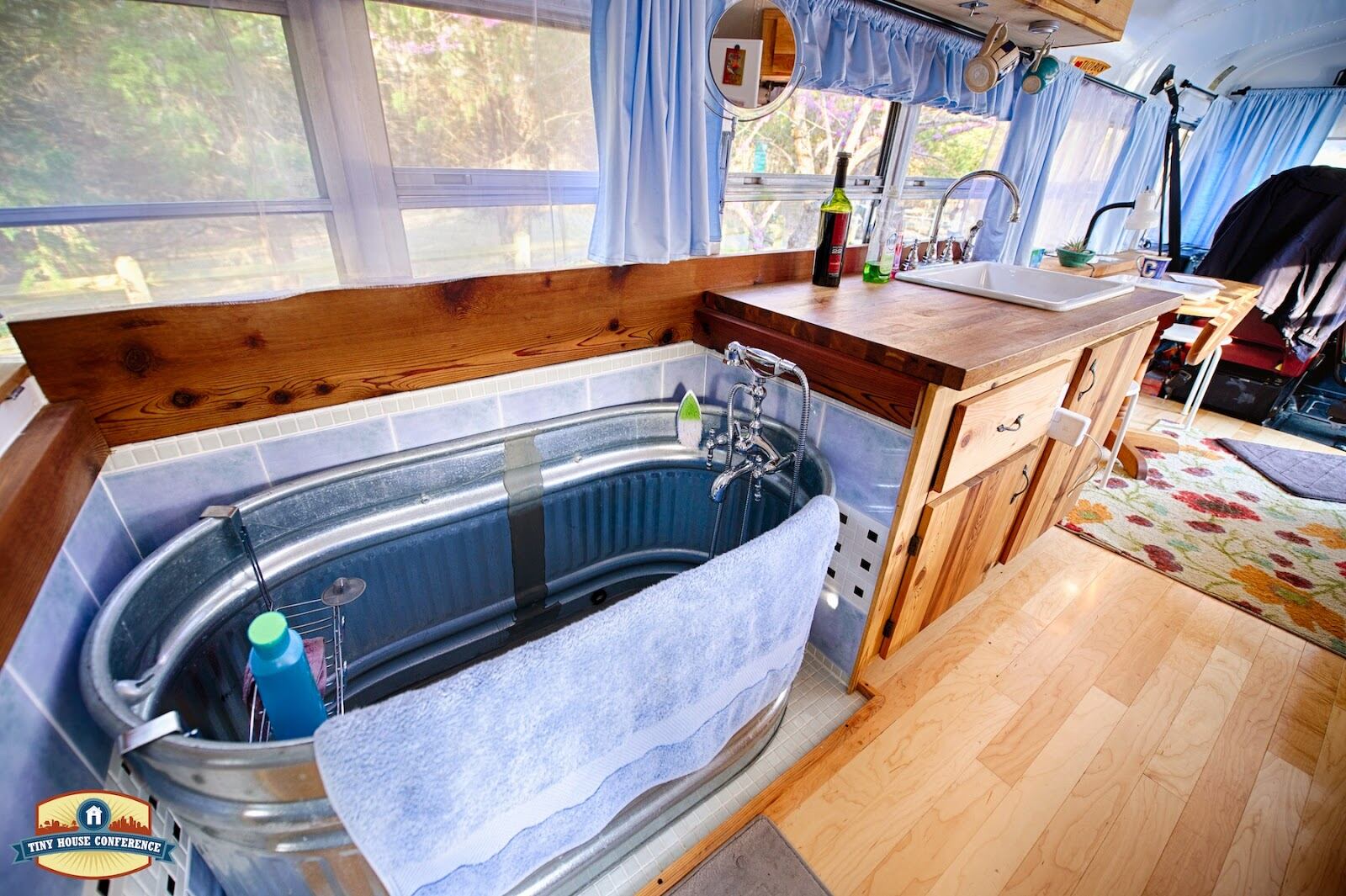
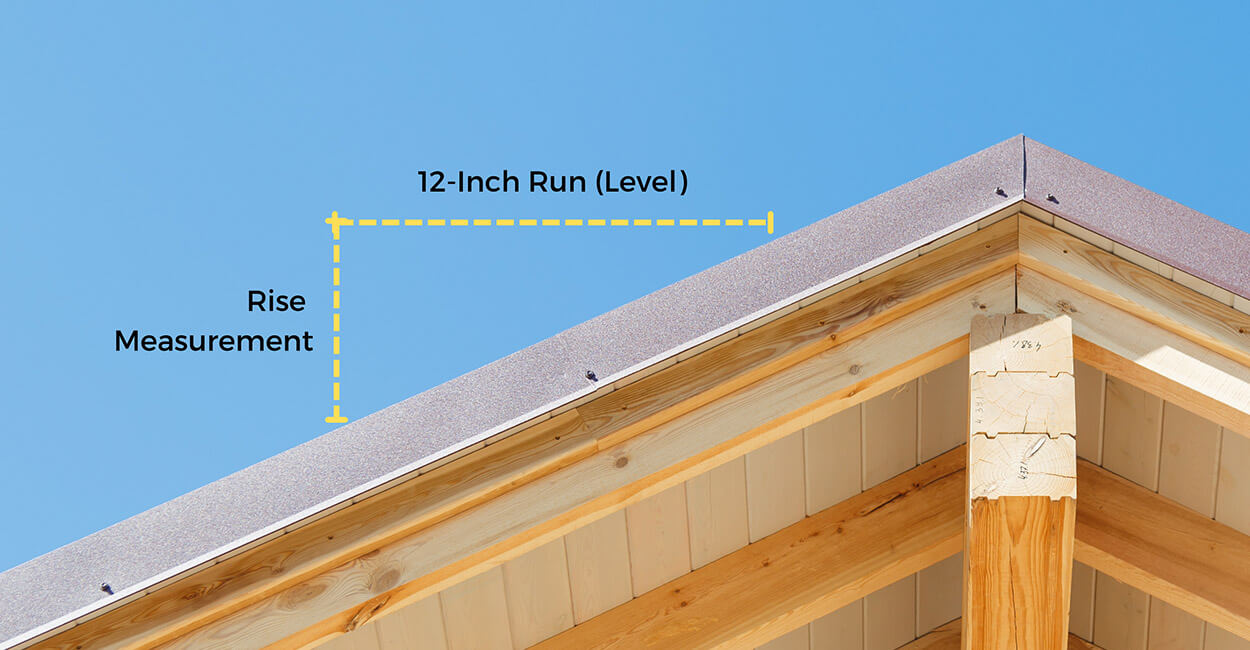
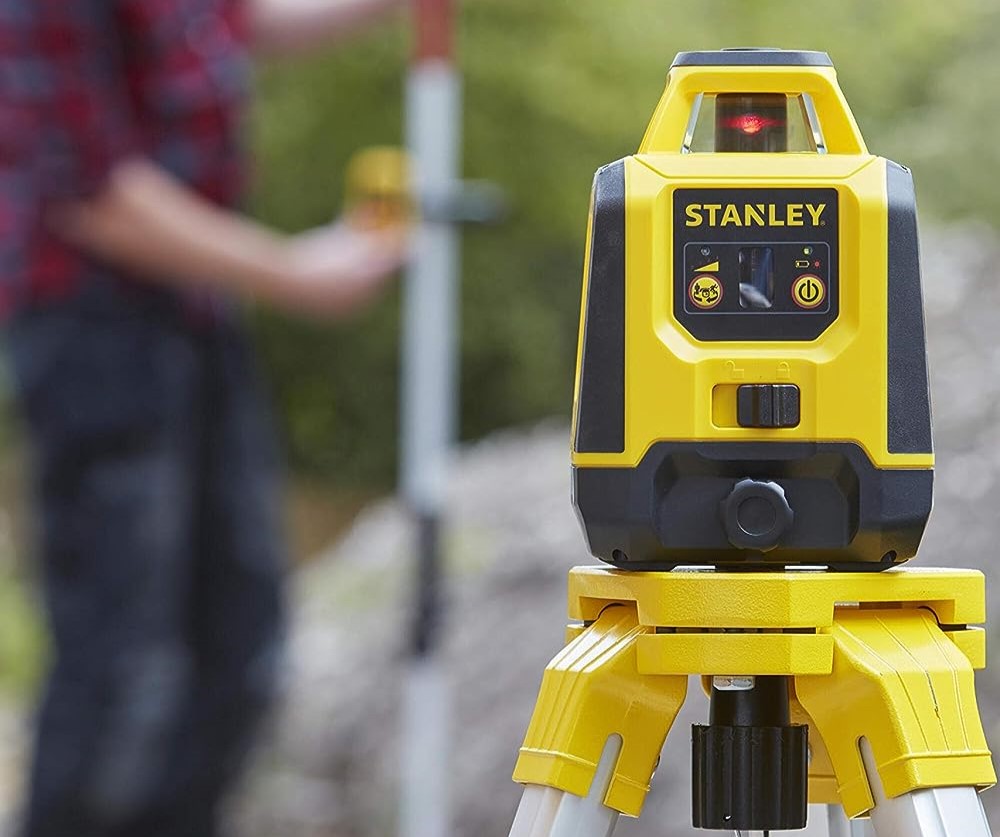
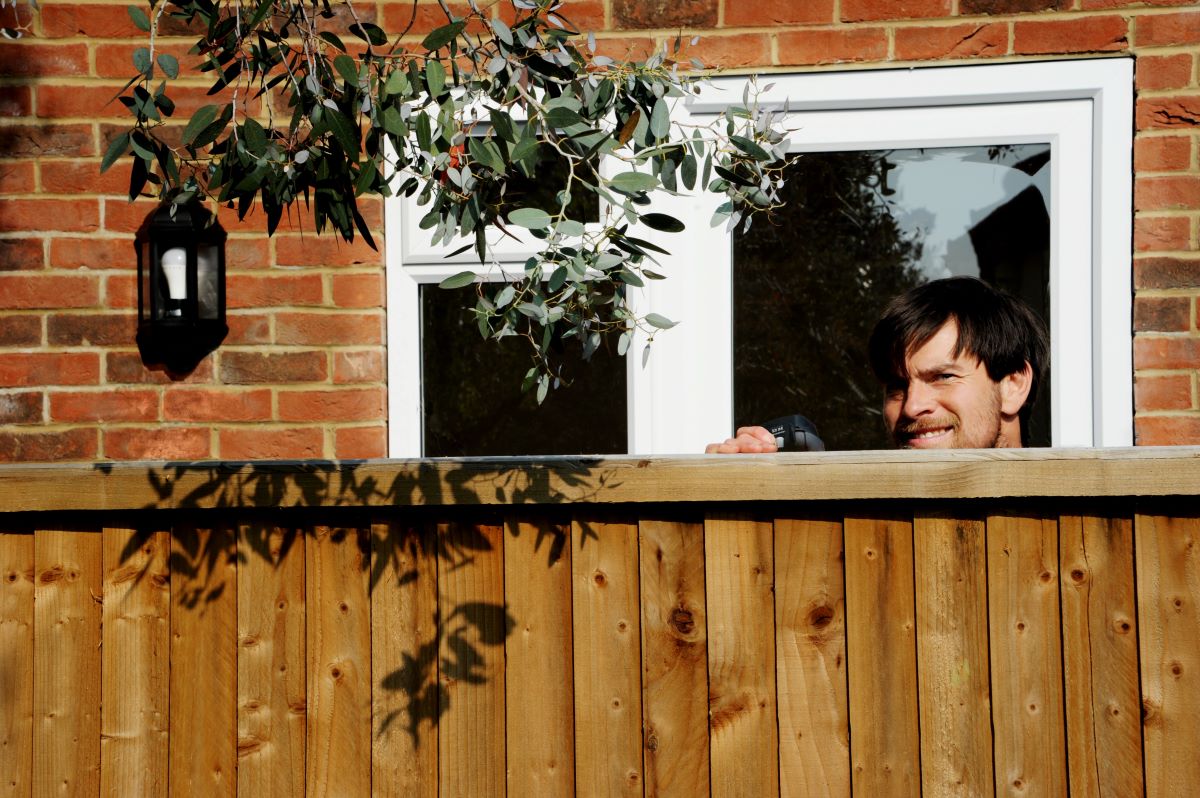
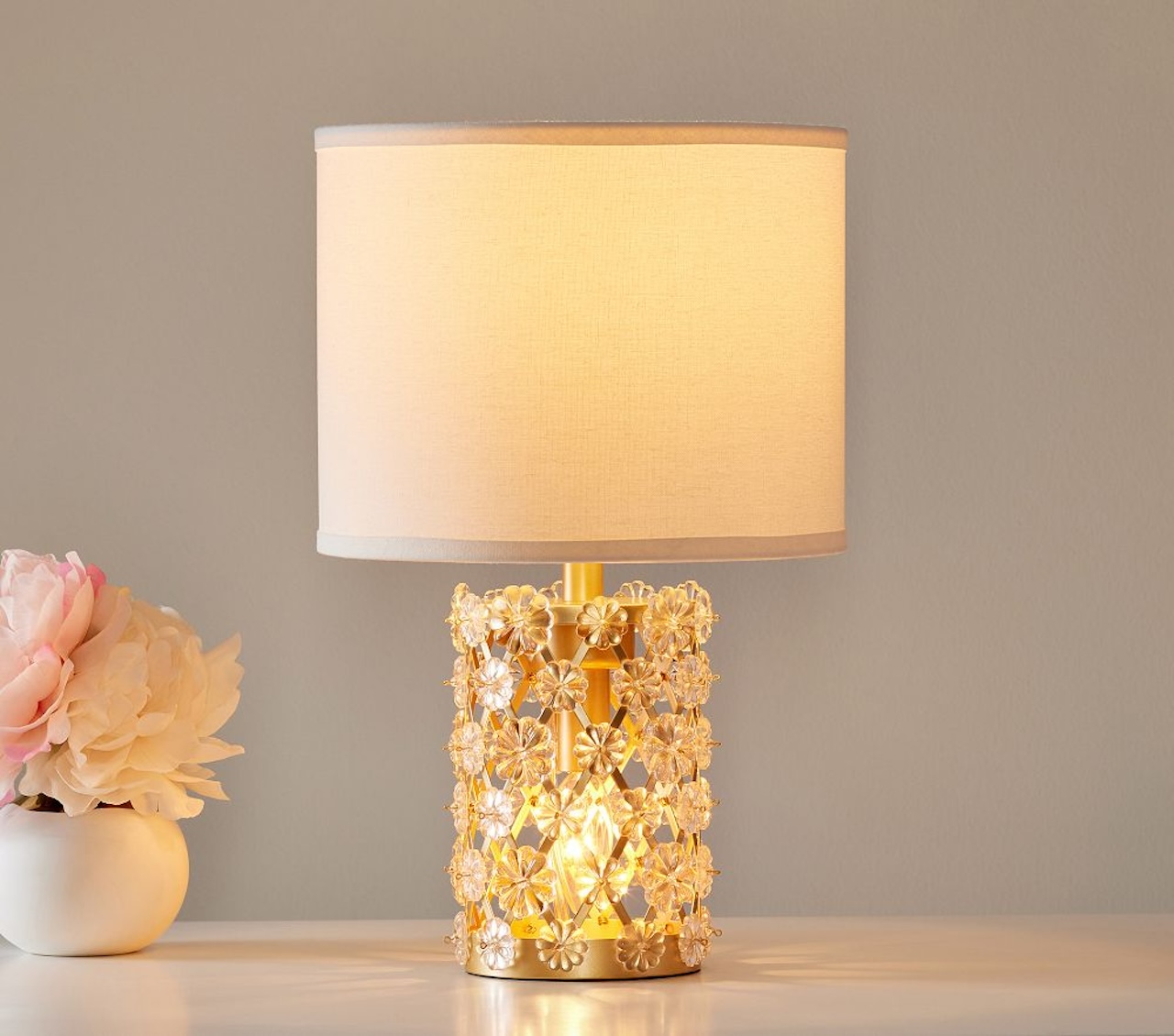


0 thoughts on “How To Determine Bathtub Size”